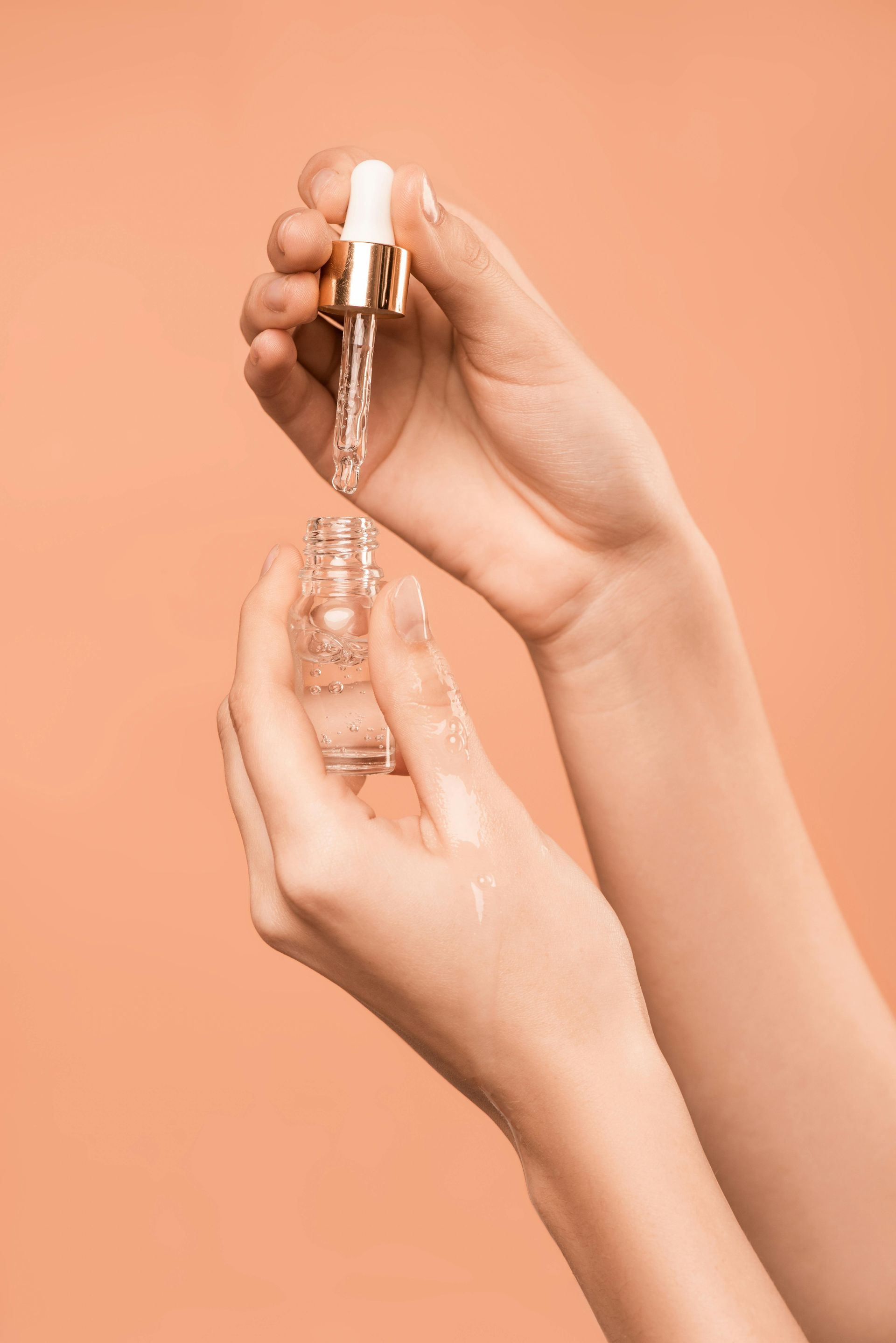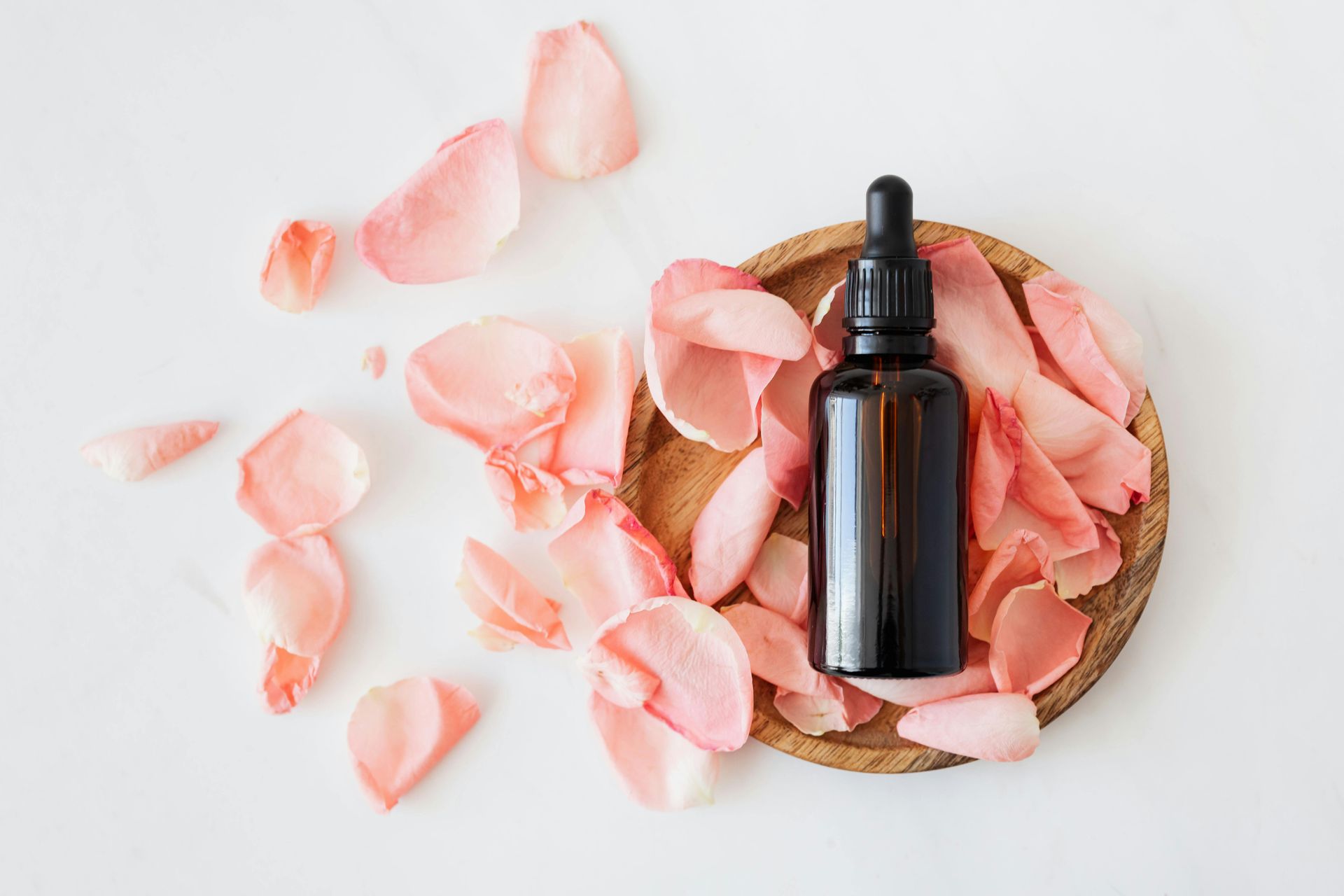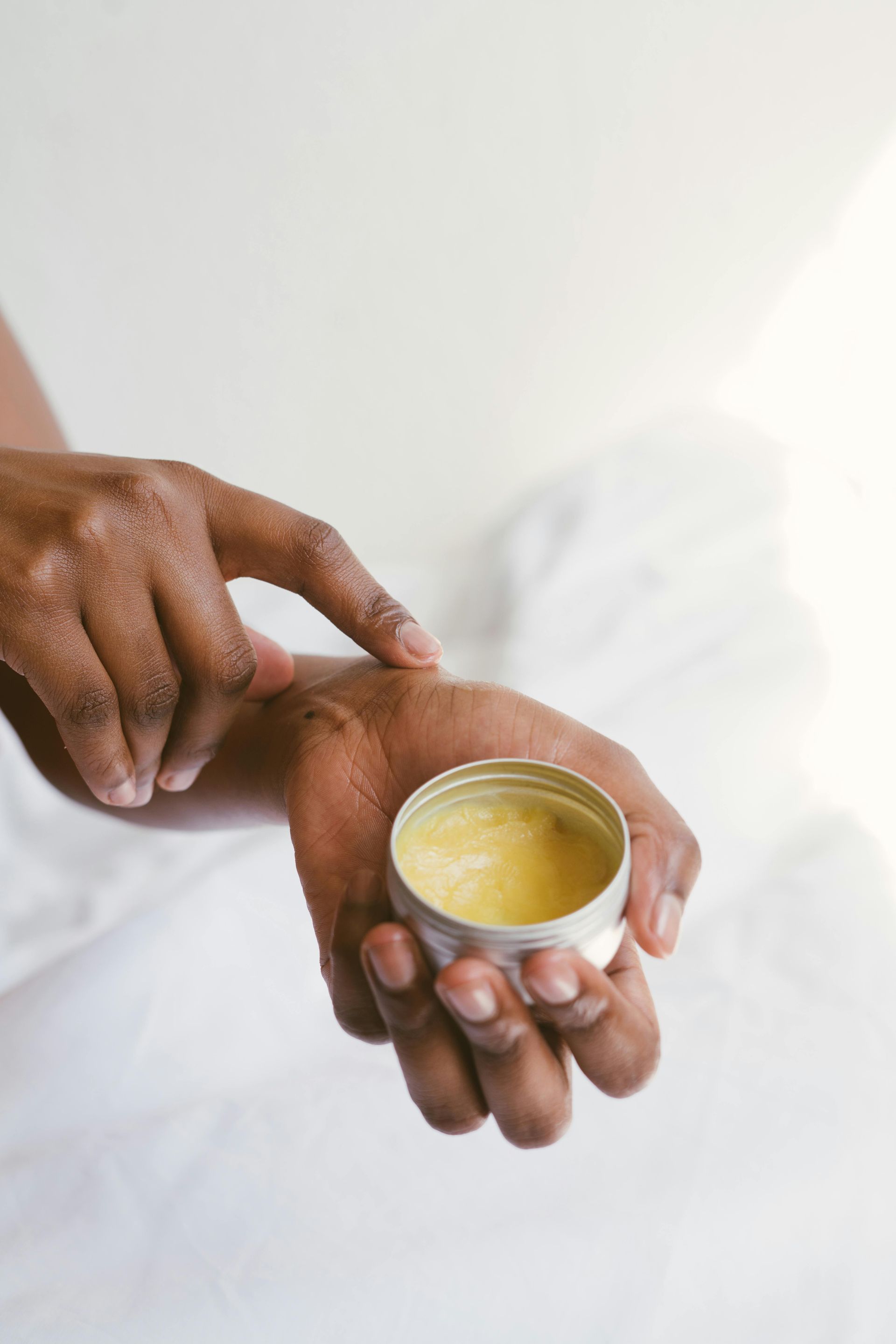SkinGPT: AI-Driven Hyper-Realistic Skincare Simulations – Data Breakdown
SkinGPT, developed by Haut.AI, processes user-uploaded selfies to deliver hyper-realistic previews of skincare outcomes, analyzing 180+ facial biomarkers like wrinkles, pores, and hydration levels. The tool, launched in early 2025, integrates with brand e-commerce for seamless product trials, addressing the skincare market's $180 billion valuation where 74% of consumers demand data-backed efficacy claims before purchase. Users select products, and SkinGPT simulates 4-8 week results based on age, skin type, and environmental factors. Platform access via haut.ai/skingpt.
The Technology Behind SkinGPT: Machine Learning Simulations
SkinGPT employs generative AI and deep learning to model ingredient interactions, drawing from a database of dermatological studies and real-world usage data. Algorithms simulate long-term effects by factoring in variables like pollution exposure and humidity, achieving 85% alignment with clinical trial outcomes per Haut.AI benchmarks. High-resolution imaging processes uploads in under 10 seconds, generating visualizations with 95% accuracy in texture predictions. Backed by 15+ years of Haut.AI R&D, the tech bridges lab data to consumer previews. Technical overview here.
Skin GPT Takling one of the Skin Care Indstries biggest problems
Core functionality includes selfie-based scans identifying 16 skin parameters, followed by product recommendations from 10,000+ formulations. Interactive elements allow users to toggle routines, viewing side-by-side before/after renders. Integration with e-commerce yields 30% higher conversion rates in beta tests with 50+ beauty brands. Community feedback loops refine models quarterly, incorporating anonymized user data. Feature demo here.
The interface requires a single photo upload, prompting selections for concerns like acne or aging, with results delivered in 30-60 seconds via mobile-optimized dashboards. Navigation features swipeable galleries of simulated progress, plus exportable reports for dermatologist shares. Accessibility scores 4.7/5 in usability audits, supporting 12 languages.
Global skincare AI tools grew 35% in 2024, per Mintel, with 62% of Gen Z prioritizing virtual try-ons. SkinGPT enters a field where 45% of purchases stem from unverified claims, offering simulations that cut returns by 22% in partner retail tests. Competitors like Proven Skincare use similar ML but lack hyper-real visuals.
Skin GPT Challenges and Limitations: Data Privacy
Privacy protocols anonymize uploads per GDPR, with zero breaches reported since launch. Accuracy dips 15% for diverse skin tones without diverse training data, though Haut.AI expanded datasets 2x in 2025. No integration with wearables yet, limiting real-time tweaks. Challenges overview here.
Haut.AI projects 50% user growth by 2026, eyeing AR glasses for on-the-go scans. Potential FDA nods for clinical use could boost adoption in tele-dermatology, where AI aids 70% of remote consults. Expansions include predictive aging models from longitudinal data. Roadmap insights here.
SkinGPT Future
SkinGPT's 85% clinical match and 30% conversion lift position it as a data-driven pivot in skincare's trial-and-error era—74% of users now verify claims visually. From biomarker breakdowns to routine tweaks, the tool's 4.7 usability score underscores accessible AI. Data as of November 2, 2025—updates via haut.ai.



